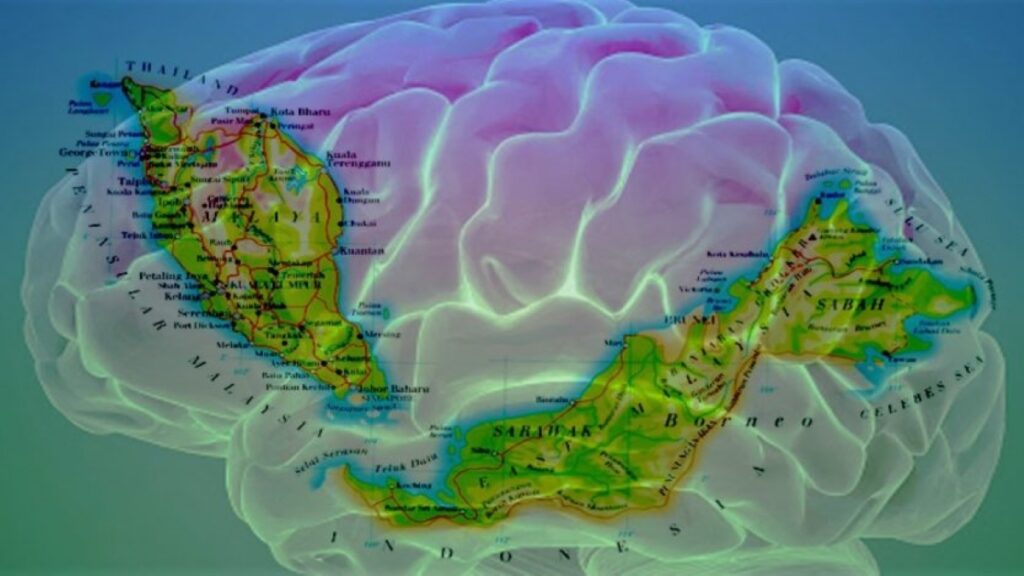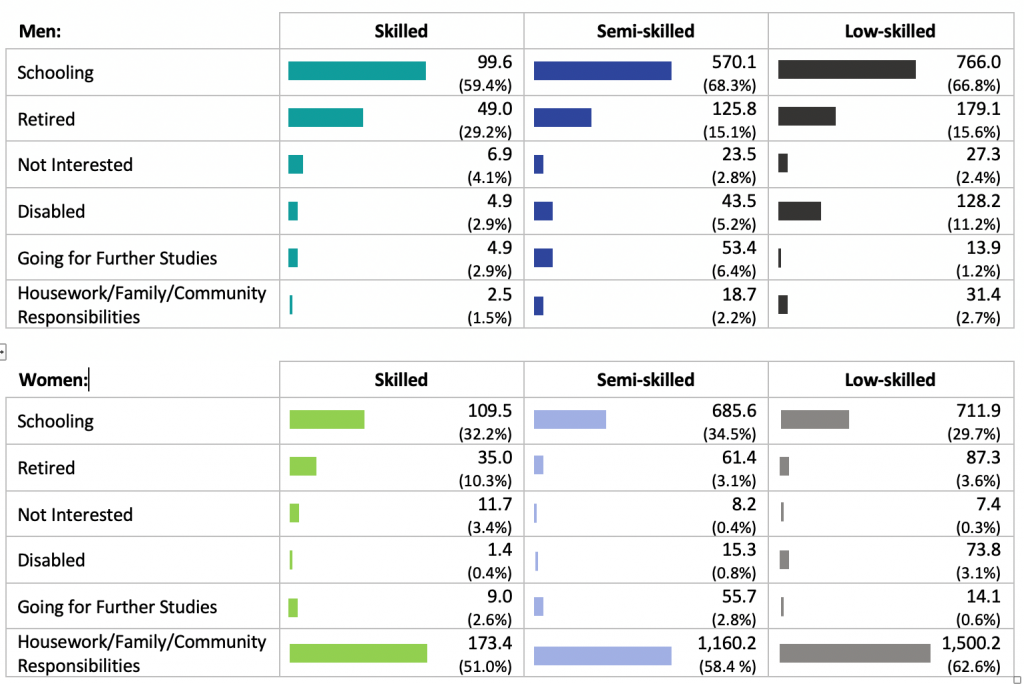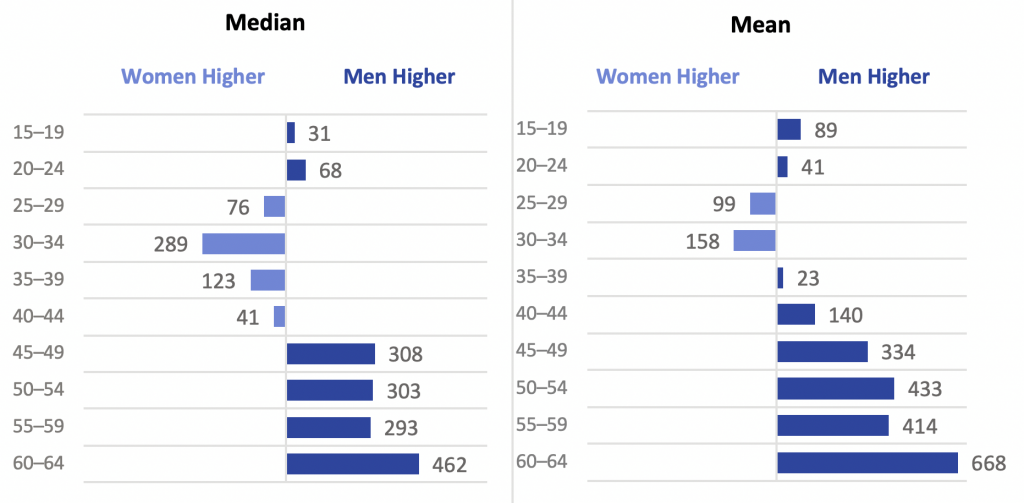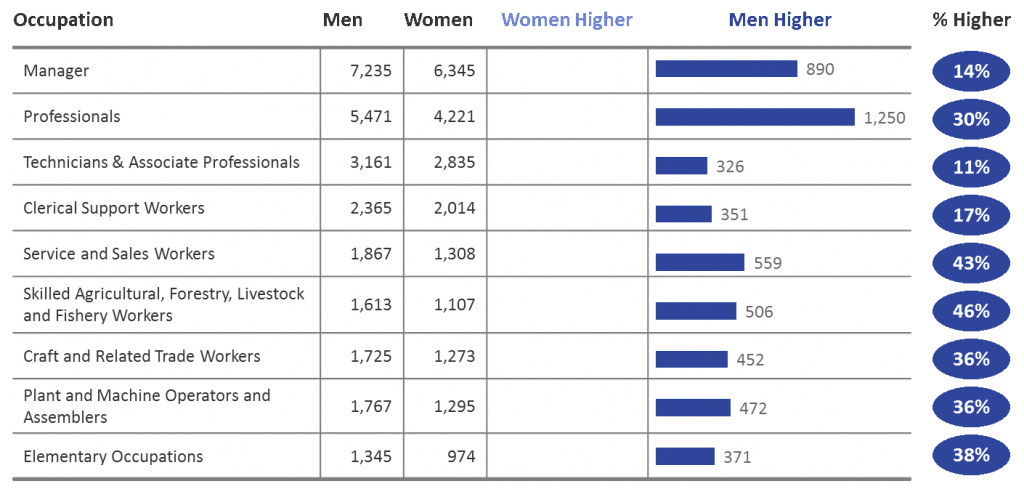Malaysia Population Research Hub

While the nation seeks to achieve the 35% skilled workforce target by 2020, it has lost some of its most talented human capital overseas. In 2010, there were an estimated 1.0 million Malaysian diaspora outside of Malaysia. The proportion of skilled diaspora, i.e. brain drain, accounts for 33.4% of the total diaspora. While a formal, more recent study on the subject is not available, based on linear extrapolation, the Malaysian diaspora has increased to 1.2 million in 2015, and 35.9% was accounted by brain drain. (The rate of brain drain is higher than the rate of total diaspora growth.)
Malaysia brain drain intensity is considered significant, more than doubling the world average.
While Singapore (14.4%) and Hong Kong (29.5%) have considerably higher brain drain intensities compared to Malaysia, their numbers are typical of small population and open economies.

In terms of the top destinations for Malaysian diaspora, Singapore ranks number one, with an estimated 47% of all Malaysian diaspora residing in Singapore. Besides Singapore, Australia, Brunei, United Kingdom, and United States are also popular destinations, rounding out the top-5. Together, these 5 countries account for almost 84% of all Malaysian diaspora.


In a related matter, there appears to be a salary discrepancy between men and women, particularly at the senior level.
Inferences to this can be made from the salaries by age and salaries by position between working men and women. On average, working men aged 45 and above enjoy between RM300 to RM700 higher than working women of the same age, whereas across occupations, men enjoy a 30% higher salary on average compared to women. (The salaries for men in every occupation are higher than women).

